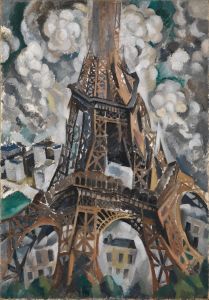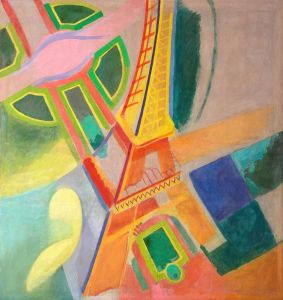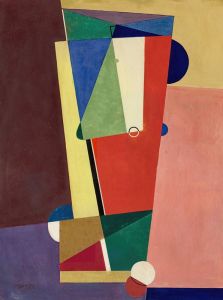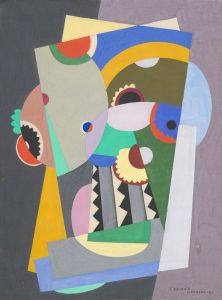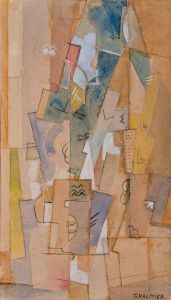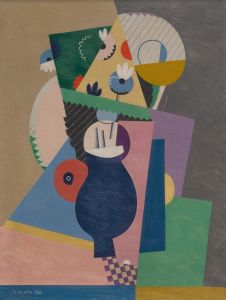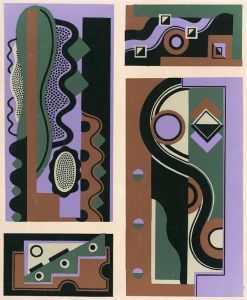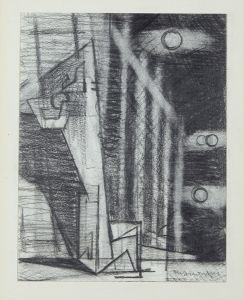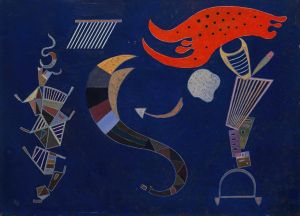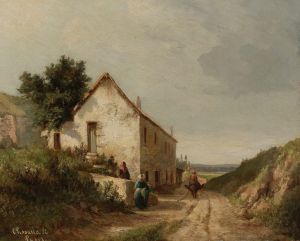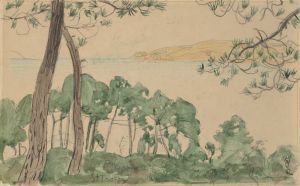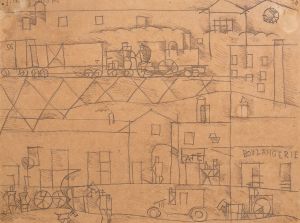
Le Village
A hand-painted replica of Georges Valmier’s masterpiece Le Village, meticulously crafted by professional artists to capture the true essence of the original. Each piece is created with museum-quality canvas and rare mineral pigments, carefully painted by experienced artists with delicate brushstrokes and rich, layered colors to perfectly recreate the texture of the original artwork. Unlike machine-printed reproductions, this hand-painted version brings the painting to life, infused with the artist’s emotions and skill in every stroke. Whether for personal collection or home decoration, it instantly elevates the artistic atmosphere of any space.
Georges Valmier was a French painter known for his contributions to the Cubist movement in the early 20th century. Born on April 11, 1885, in Angoulême, France, Valmier developed a distinctive style characterized by vibrant colors and geometric forms. His work often reflects the influence of Cubism, a revolutionary art movement that emerged in the early 1900s, led by artists like Pablo Picasso and Georges Braque. Valmier's paintings are celebrated for their dynamic compositions and innovative use of color.
One of Valmier's notable works is "Le Village," a painting that exemplifies his mature style. Although specific details about "Le Village" are limited, it is understood to be a representation of a village scene, rendered through Valmier's unique Cubist lens. The painting likely features the fragmented forms and abstracted shapes typical of Cubism, with an emphasis on the interplay of color and form.
Valmier's approach to Cubism was distinct in its emphasis on color. While many Cubist artists focused on monochromatic palettes to explore form and structure, Valmier embraced a more vibrant and colorful approach. This use of color set him apart from his contemporaries and contributed to the unique aesthetic of his works, including "Le Village."
Throughout his career, Valmier was associated with several avant-garde movements and exhibited his work in various influential salons and galleries. He was part of the Section d'Or, a group of artists who were instrumental in the development and promotion of Cubism. Valmier's work was also exhibited at the Salon des Indépendants and the Salon d'Automne, both of which were crucial platforms for avant-garde artists in Paris.
In addition to painting, Valmier explored other artistic disciplines, including theater set design and textile design. His diverse interests and talents contributed to his reputation as a versatile and innovative artist. Despite his relatively short career—he passed away on March 25, 1937, at the age of 51—Valmier left a lasting impact on the art world.
Valmier's work, including "Le Village," continues to be studied and appreciated for its contribution to the Cubist movement and its exploration of color and form. His paintings are held in various public and private collections, and his legacy is celebrated in exhibitions and retrospectives dedicated to early 20th-century art.
While specific information about "Le Village" is limited, the painting is representative of Valmier's broader body of work, which is characterized by a commitment to innovation and a vibrant use of color. Valmier's art remains an important part of the history of modern art, reflecting the dynamic changes and creative explorations of the early 20th century.





